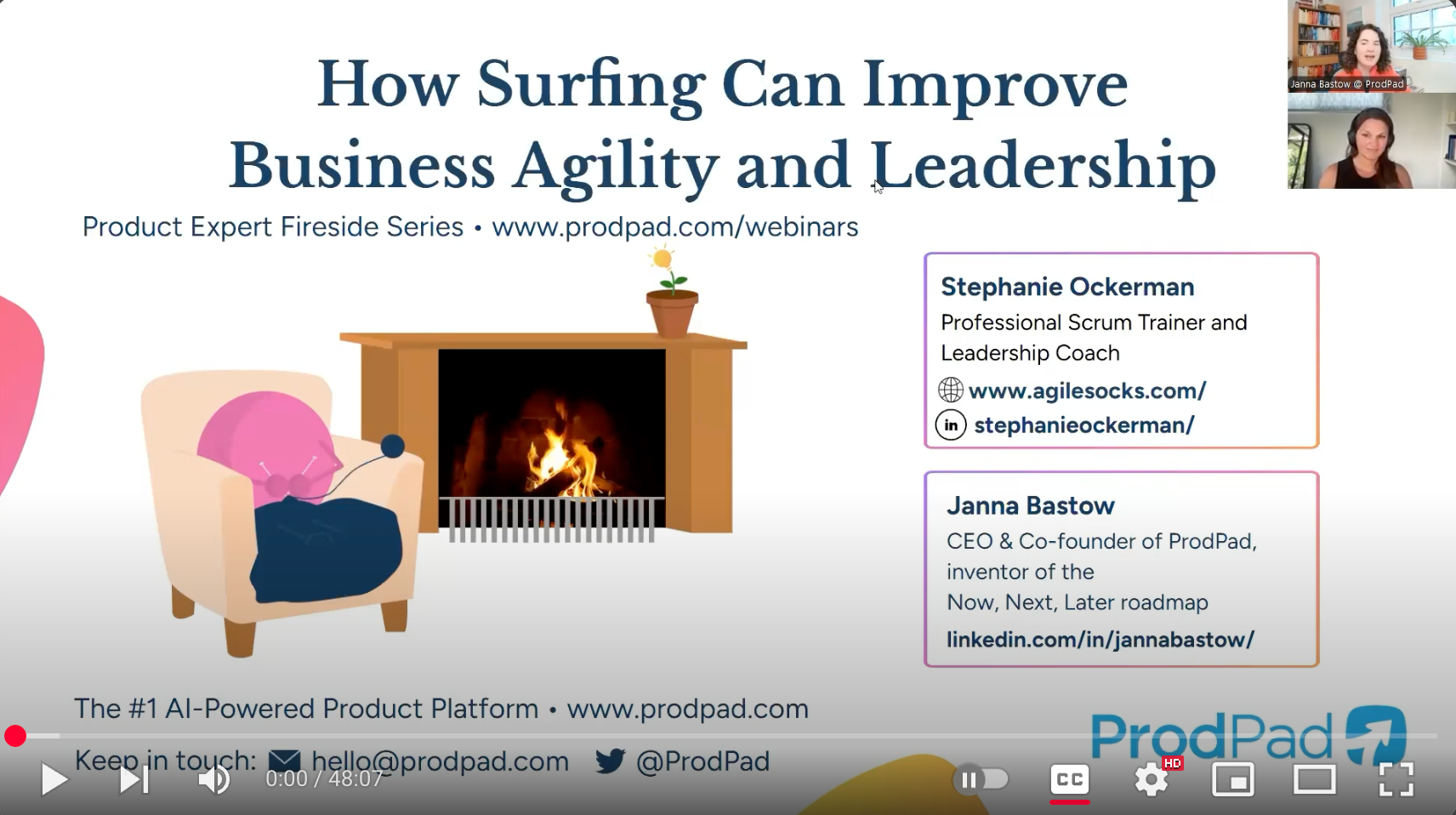
This is the second in a series of posts exploring Scrum Mastery. In our first post, we introduced the 4 dimensions of Scrum Mastery. Scrum requires self-managing, cross-functional, collaborative teams. The success of Scrum hinges on the strength of a team. In this post, we will explore the Team Identity dimension.

Teams are made of people. And it is important to not lose sight of the wonderfully unique, complex people that make up a team, even as we strive to let go of individual ego and focus on team goals and outcomes. After all, engaged and fulfilled people are going to be more creative and productive.
First, recognize that everyone has a unique personality. Personality is the building blocks of who you are, and it is driven by your preferences. This includes communication styles, learning styles, being a lark or night owl, conflict responses, introversion or extroversion, and many more contextual and specific traits. While it is impossible to satisfy all individual preferences on a team, it is important to understand and appreciate the individual preferences, so the group can negotiate and optimize for a given situation. And also appreciate when people are stepping outside their comfort zone for the benefit of the whole.
Second, respect that people are motivated intrinsically. You don’t need to motivate people. Instead, you need to create an environment that encourages intrinsic motivation. People want to choose how they do their work. They want the ability to grow their capabilities and become great at something. And they want to do work that has greater meaning and impact.
A key skill for all individuals to appreciate themselves and each other is emotional intelligence. This involves both understanding and managing your own emotions and being able to recognize and influence the emotions of others. People are a complex mix of thoughts and emotions influenced by the stories we tell ourselves and our perception of reality. These are all jumbled together and constantly changing. Emotional intelligence helps you make sense of all this, so that you can choose how to respond to situations based on the outcomes you seek.
Now that we know how individuals find intrinsic motivation, are impacted by their personality preferences, and how they leverage emotional intelligence in their interactions with others, lets connect this to the team.
Why do we exist? (Purpose)
What is important to us? (Values)
What do we want? (Vision)
These three questions guide a team on its journey towards becoming a high performing, collaborative team. This is how you leverage the understanding and appreciation of the individuals to unify around a common purpose, establish shared values that guide you, and create a clear vision for the future state you want to create.
This type of clarity enables effective self-management and taps into intrinsic motivation.
Establishing team identity is not a one-time team building activity. These are three questions you will continue to clarify and refine. You will use these questions as a team to assess how things are going, decide on next steps, and check that you are still on the path to where you want to go as a team. Over time, individuals on the team will begin to embody these questions and use them intuitively.
Everything hinges on a foundation of trust. Trust is a willingness to be vulnerable with each other. Some trust is required to show up as your authentic self and let people learn who you are and what motivates you (see #1). Some trust is required to have meaningful conversations about values, purpose, and vision. And trust grows over time as individuals continue to be vulnerable with each other in deeper ways and as individuals take great care with the vulnerability of their team members.
I consider trust the roots of team identity. As the roots grow, the team identity becomes stronger. The team is more resilient and can survive and recover quicker from storms. But it takes time and continued nourishment for the roots to grow.
When there is trust within a team, it is then possible to engage in productive conflict. People are willing to challenge each other. People are willing to challenge assumptions and share their wild and crazy (and possibly brilliant) ideas. They are willing to take smart risks.
Conflict driven from a desire to “win” or be “right” is NOT productive. Not speaking up because you don’t want to upset others or be perceived in a certain way is also NOT productive.
Productive conflict happens when people are willing to share ideas and perspectives and also challenge each other’s ideas and perspectives, all in the interest of reaching the best possible outcome. This enables creativity and innovation.
Productive conflict means challenging the status quo, your assumptions, and your limiting beliefs.
When there is productive conflict within a team, it is then possible to have commitment to team decisions.
Commitment shows up in several ways within a team, from the big picture to the smaller decisions that get made daily. Ultimately, this is about alignment between how you are engaging everyday and your team purpose, team values, and team vision (see #2).
One way to support commitment is by facilitating consensus. By consensus, I mean that people can disagree and commit (see #3). Ensure key decisions are made clear at the end of team discussions and that everyone is willing to support them.
Team members must also be willing to hold each other accountable for those team commitments. It can take courage to enter into conflict (see #4), but if you’ve laid the ground work, there will be enough trust and respect and appreciation of the individuals to make conflict productive. When team members are willing to hold each other accountable, they enable higher standards because everyone is striving for the best possible outcomes. This could show up as higher quality, better solutions, greater learning, and more innovation. And ultimately, this enables the team to stay focused on their shared goals and team results.
Growing a strong team identity is an ongoing process. You will likely need to put more energy and time into team identity early in a team’s life, as well as when they confront significant change and challenges. The 5 steps above build on each other, yet they can all be experienced in the same moments.
You can often assess how strong a team is and which of these steps needs focus by how successfully a team fails. Do they learn and grow from it? Do team members enter into productive conflict, holding each other accountable while owning their individual missteps?
Servant-leaders are comfortable with failure, knowing it is a necessary part of innovation, learning, and growth.
Where is your team struggling with their identity? What steps do you want to put more energy into for supporting growth?
Read all posts in this series:
___________________________
Want to take your learning deeper?
If you enjoyed this post, check out my book Mastering Professional Scrum and sign up for my free Book Companion Email Series.
This book illuminates what it means to effectively apply empiricism, an agile mindset, and teamwork to truly unlock the benefits of agility.



AGILE SOCKS is a registered trademark of Agile Socks LLC. Other marks used herein are the property of their respective owners. For more information see Trademark Notice in Terms & Conditions.